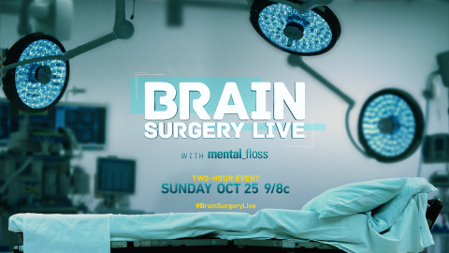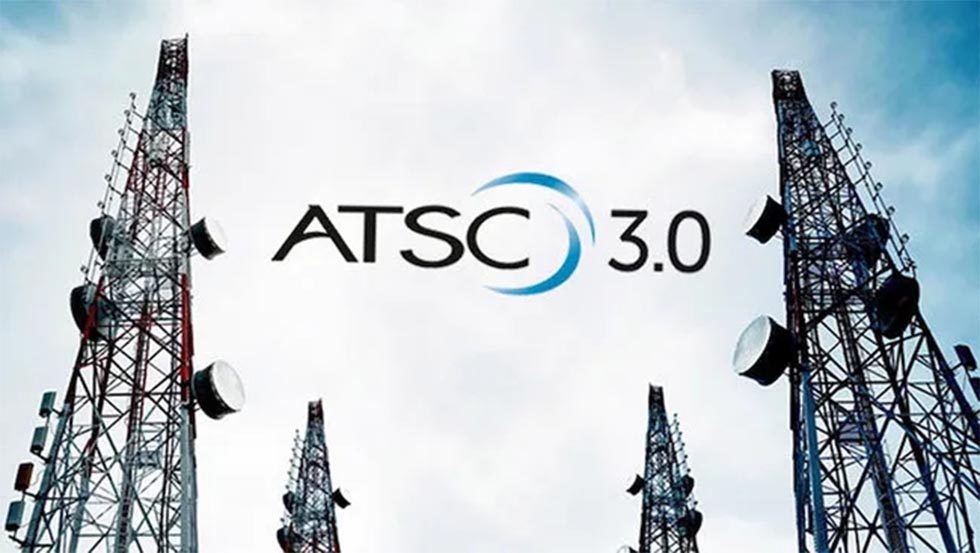Nat Geo Scrubs Up for Live Brain Surgery
CLEVELAND—Many people joke that what they do isn’t brain surgery. That statement may no longer apply for a National Geographic production team. Nat Geo is preparing “Brain Surgery Live with Mental Floss,” the first-ever live brain surgery on television from University Hospitals Case Medical Center in Cleveland for Sunday, Oct. 25 at 9 p.m. EST/6 p.m. PST.

Photo credit: National Geographic
“One of the things I love about doing television is the chance to take people closer to places they otherwise would never be able to go,” said Bob Wheelock, executive producer of the broadcast, “and certainly inside the human brain is somewhere most of us would never ever been able to get to.”
THE TOOLS
To bring viewers inside the operating room, Nat Geo is fitting as much as it safely can in the tight spaces of the operating room without impeding the surgery. As a result, they are relying on two Sony P1 robotic cameras and two Sony HDC 1500 handheld cameras to minimize intrusion in the operating room.
However, the production also will have direct feeds to a number of the tools being used by the doctors to see what they see. There also will be a graphical representation of the brain for reference, thanks to the hospital’s 3D imaging device, the Surgical Feeler.
Because of the tight space in the primary operating room, the production team has its home base in another operating room across the hall, where it will have threeadditional Sony HDC 1500 cameras—including Steadicam and handheld—prompters and cables necessary to broadcast live. There will also be a doctor present in this operating room to describe the details of the procedure for audiences.
The professional video industry's #1 source for news, trends and product and tech information. Sign up below.
The production will have a third location with the family of the person being operated on. Their thoughts and reactions will be recorded with an HDC 1500 handheld.
CHALLENGES
Besides the tight spaces, the production takes place in primarily sterile areas. This requires each piece of equipment that will be present in either operating room to be completely sterilized, a 10-hour process that began on Thursday, Oct. 22, so it could be set-up on Friday, Oct. 23. Even the crew needs to be sterilized and outfitted in scrubs.
“There’s very little margin for error, because we are not going to have the ability to say, ‘oops, wrong cable; wrong light,’” Wheelock said. “It’s got to be a very thorough, very thoughtful process… It takes a lot of work, preparation and cooperation.”
Wheelock and the doctors taking part in this program understand what this opportunity can do. Wheelock mentioned how Dr. Jonathan Miller, UH Case Medical Center’s director of the Center for Functional and Restorative Neurosurgery, emphasized to him that this DBS surgery helps people who suffer from ailments like Parkinson’s disease get their lives back, and that he wants this broadcast to help spread the message.
“This is not a life-threatening surgery, this is life altering, which is why we film it,” Wheelock said. “This is a celebration of the brain and the technology and medicine that has come along to help people who otherwise thought they had no hope.”
